Mitigation, climate finance, and development: An overview
17 August 2023, Category: All insights, News, Tags: climate change, climate finance, mitigation, sustainable development
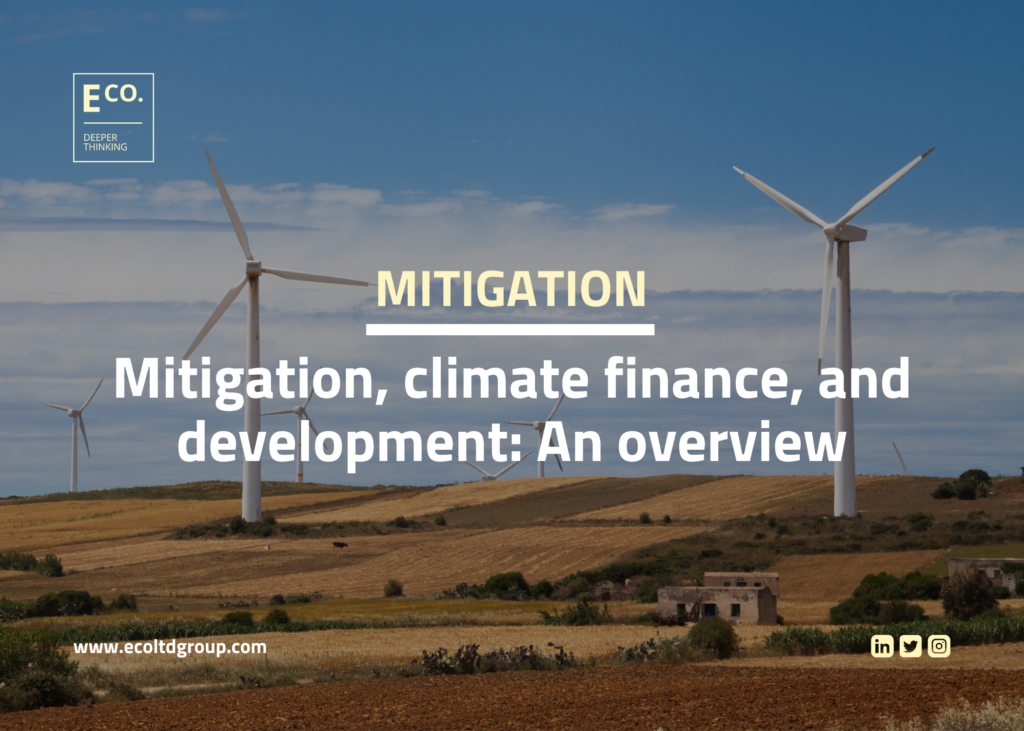
Historically, mitigation has received the lion’s share of climate finance funding. According to a 2022 report by the Climate Policy Initiative, in 2019/2020, mitigation received USD 586 billion, while adaptation measures received a much smaller package – USD 49 billion. While mitigation has garnered larger financial interest and attention, this doesn’t mean it avoids problems and challenges.
If we break mitigation finance down, in 2020, mitigation measures were led by a large investment in renewable energy generation (USD 346 billion), followed by low-carbon transport ( USD 155 billion), and improvements in energy efficiency (USD 57 billion) [1]. If you were to simplify climate resilience work into a set path, mitigation would arguably be one of, if not the first step, in the move to combat climate change, as the goal is to cease human interference in the Earth’s climate through the burning of fossil fuels and the emitting of greenhouse gases.
There is a myriad of challenges to overcome in terms of mitigation work. For example, mitigation measures need to be implemented in a timeframe sufficient to allow current human and non-human systems to adapt to the climate change that has already been locked in. Similarly, questions regarding how we approach mitigation strategies are yet to have a clear answer – do we invest in cutting emissions off at the source, or do we invest in mechanisms such as carbon capture and storage so that developing nations can utilise fossil fuels in economic development?
In our 2023 mitigation quarter, our team has explored several interrelated concepts; mitigation, climate finance, development, and other smaller topics that these concepts cover and influence. This overview is the sum of the actionable materials that readers of this article can utilise within climate or development work.
Explore all of our mitigation content below.
- Indigenous Peoples and climate change mitigation
- The potential of green bonds for mitigation finance
- Mitigation potential in the Western Balkans: Investigating decarbonisation and RES in the region
- Mitigation in practice: Energy efficiency in residential buildings
- Gender at the nexus of urbanisation and energy transition
Indigenous Peoples and climate change mitigation
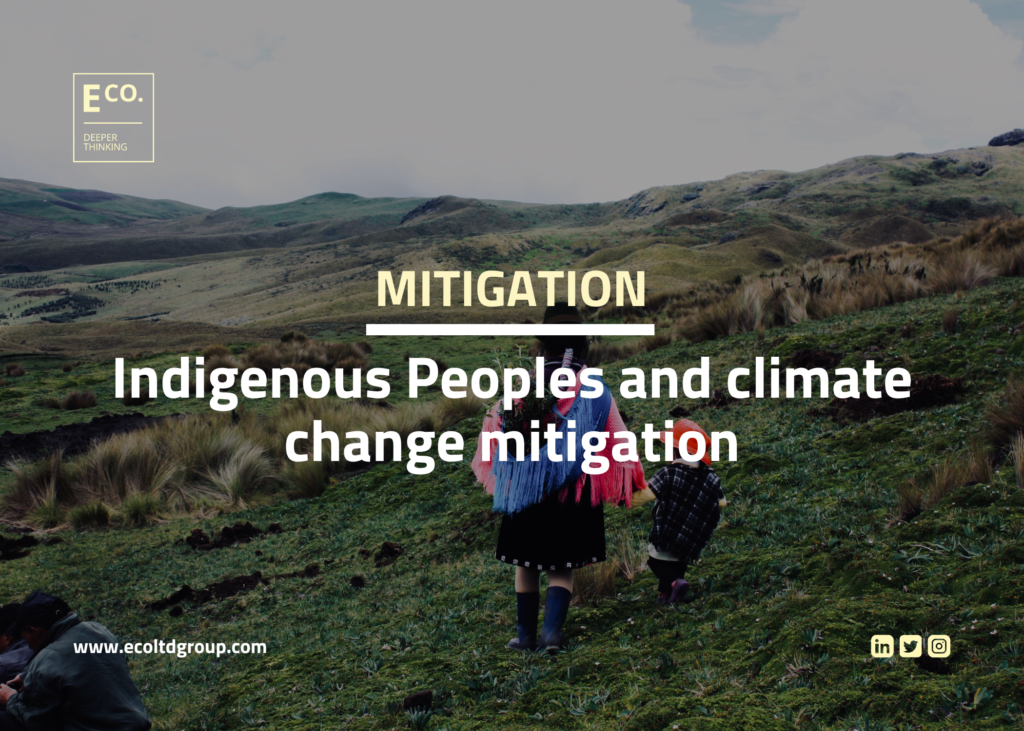
How can Indigenous Peoples find inclusion within mitigation strategies?
The impact of climate change falls unevenly on our shoulders. Although indigenous and impoverished communities did not set the fire of environmental degradation and biodiversity loss, they are now on the front lines, facing the sharpest blows of its consequences. The Intergovernmental Panel on Climate Change (IPCC) warns that the world must limit the increase in global average temperature to 1.5°C above pre-industrial levels to avoid disastrous consequences. This urgency highlights the need for effective mitigation measures to combat climate change.
In this article, Analyst Mikael Ferreira explores the importance of Indigenous Peoples within mitigation work, and how they can be properly accounted for when developing mitigation projects.
The potential of green bonds for mitigation finance
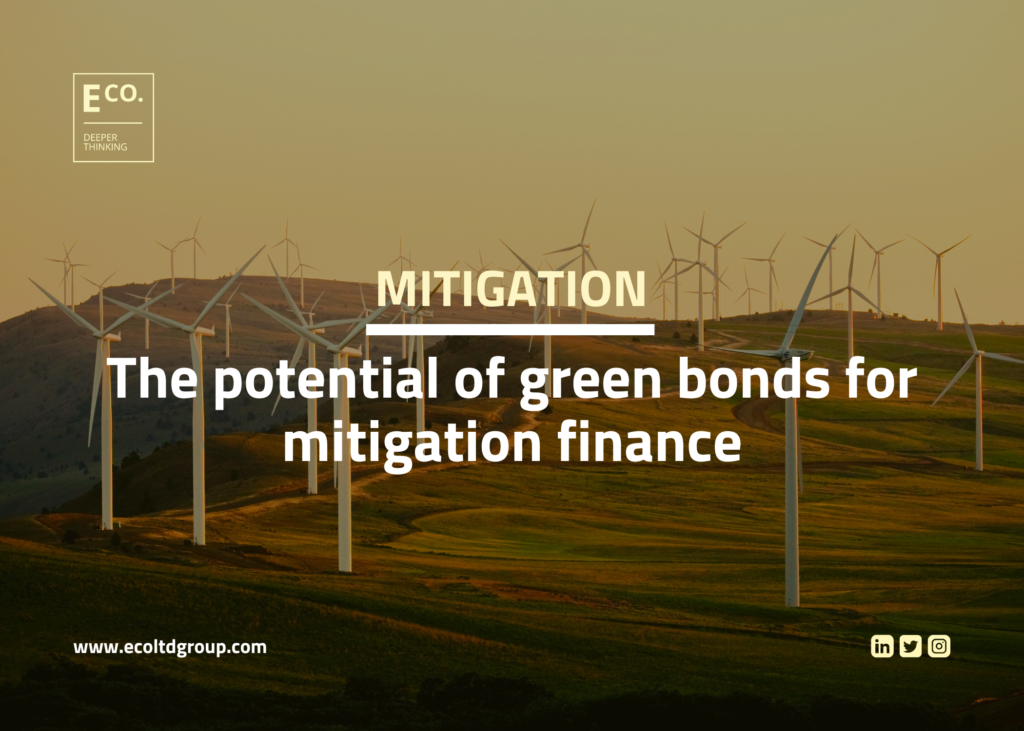
The purpose of green bonds is to support climate and environment-related projects, cultivating sustainable development, climate resilience, and emissions mitigation within the projects they finance. They’ve quickly become a critical financial instrument used to bridge the investment gap between what is needed to meet climate targets and what is currently available.
However, the green bond mechanism is far from perfect. Regulation is currently lacking, leading to problems that revolve around the ever-present danger of greenwashing, and the absence of adequate, universal reporting methods.
In this article, Comms specialist Jack Cribb covers the issues inherent to the green bond market today and how to combat them in order to mainstream the use of this clever financial mechanism.
Mitigation potential in the Western Balkans: Investigating decarbonisation and RES in the region
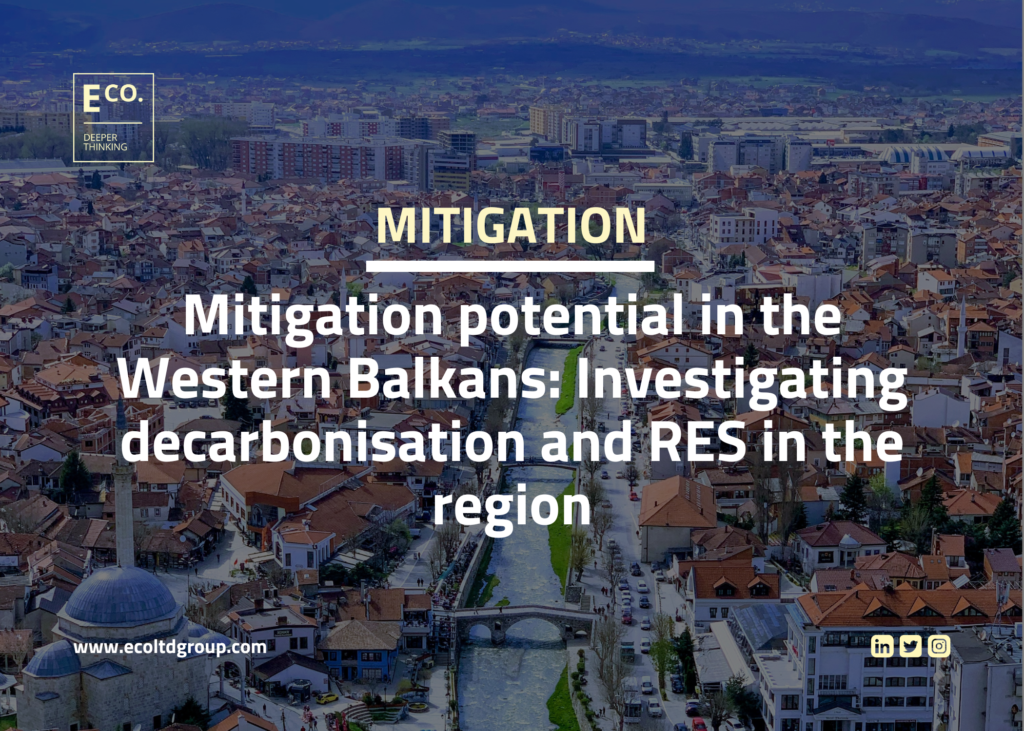
Like other economic areas, the energy sector of the Western Balkans is considered by many as an enabler of economic growth. In order to align themselves with environmental regulation and international environmental legislation (such as the EU’s aim of creating an integrated regional market for electricity and gas in the WB region, one compatible with their internal energy market), as well as achieve sustainable development, WB economies are focusing on renewable energy and mitigation measures going forward.
So what are the challenges to decarbonisation and renewable energy development in the Western Balkans? There are several main obstacles: A slow and, at times, unpredictable planning process, ambiguity and confusion within regulation, and low levels of transparency. Does this impede upon the potential of legislation-compliant decarbonisation in the area? What is the Western Balkan mitigation potential? In this article, we’ll be answering these questions.
Mitigation in practice: Energy efficiency in residential buildings
Residential buildings are one of the most commonplace types of buildings we have, from standalone houses to large flat complexes, and the rates of energy efficiency in residential buildings is a current global problem. In 2021, the investments made in energy efficiency in buildings grew by 16% (to a whopping USD 237 billion), but operations-related CO2 emissions grew by 5% from the previous year.
This is important if we consider that in 2040, approximately two-thirds of the global building stock will be buildings that exist today. If those two-thirds cannot be made energy efficient, we will still see high levels of operations-related CO2 emissions.
In short, those calling for greater accountability in the building sector for the emissions produced are fighting a battle on two fronts: reducing embodied carbon and reducing operational carbon. So how can we confront this solely for residential buildings?
Gender at the nexus of urbanisation and energy transition
The clean energy transition and urbanisation are complex processes determined by and impacting on policies, business models, and technological development. Importantly, they are also shaped by and influence social patterns of equality and inclusion. If existing patterns and degrees of inequality and marginalisation are not addressed as the energy transition and urbanisation unfold, there is a risk that these patterns are not only perpetuated but even aggravated.
In this article, gender and development expert Silvia Sartori explores the nexus between gender equality and urban transition, discussing why an urban transition should be ‘just’, and how this can be accomplished.
Discover more about climate finance and development projects in our monthly newsletter
Looking to further a climate finance project? Contact us today
Get in touch with our climate finance consultants to discuss what you’re working on and create successful, fit-for-purpose projects, now and in the future. Email us at: amy@ecoltdgroup.com or find us at the following:
Twitter: @ecoltdnews
LinkedIn: E Co.
Instagram: @ecoltdnews
References
- Climate Policy Initiative, 2022. Global Landscape of Climate Finance: A Decade of Data. Available online at: <https://www.climatepolicyinitiative.org/publication/global-landscape-of-climate-finance-a-decade-of-data/>
One Reply
Join the conversation by posting a comment below. You can either use your social account, by clicking on the corresponding icons or simply fill in the form below. All comments are moderated.
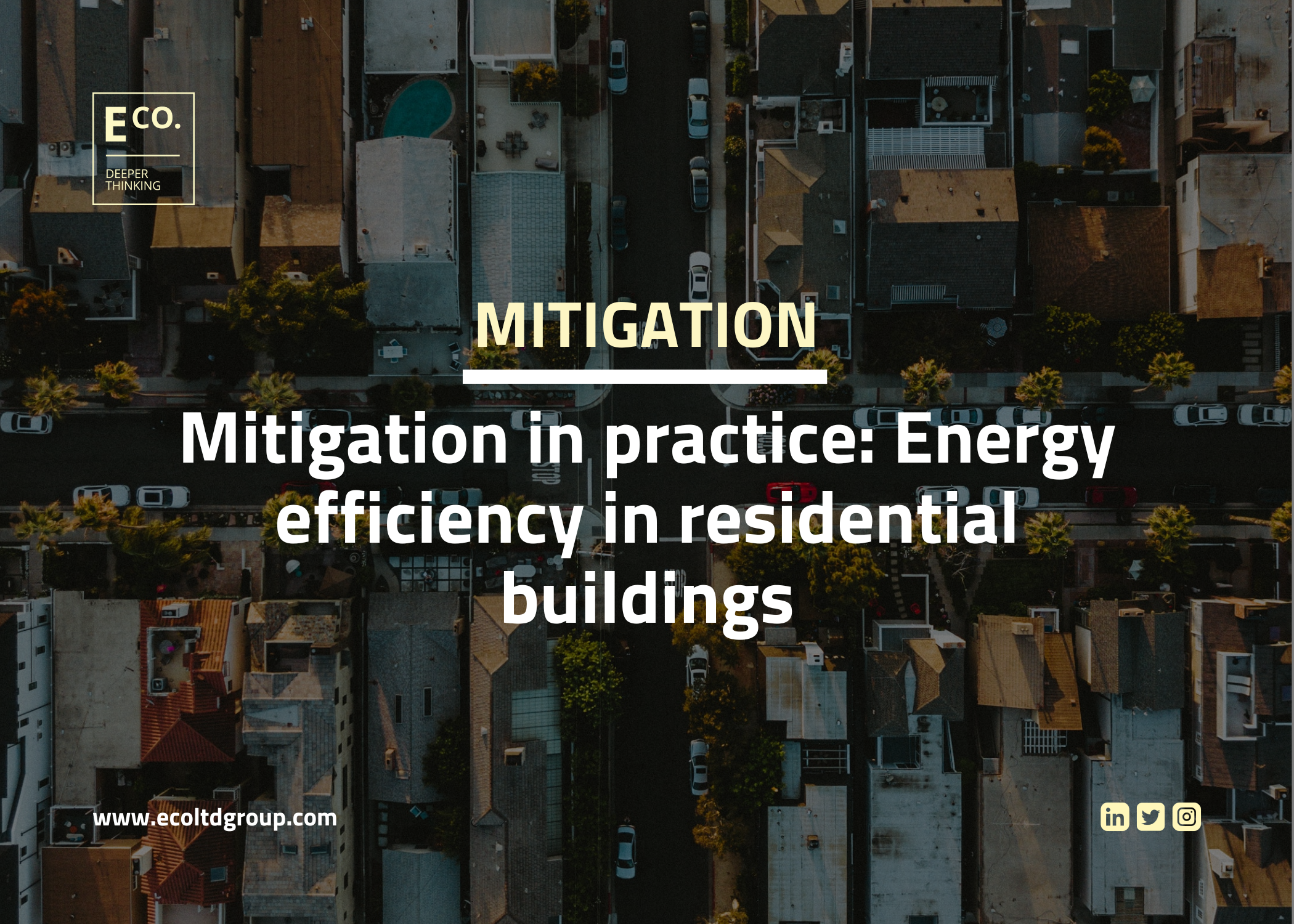
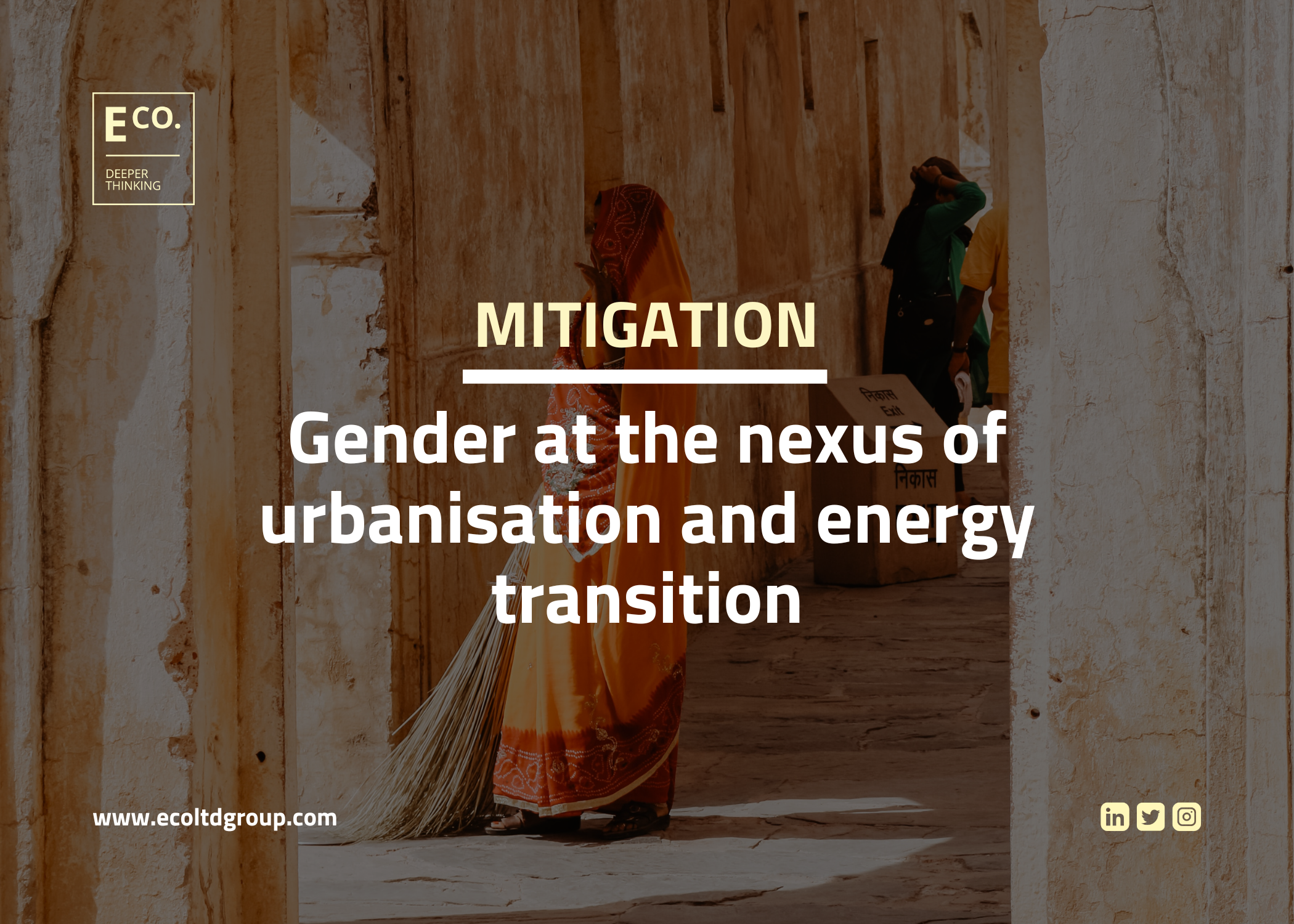

[…] the position of communication and its importance for furthering the cause of climate resilience, mitigation, and adaptation. Many of the talks held were about what all stakeholders, regardless of background, […]